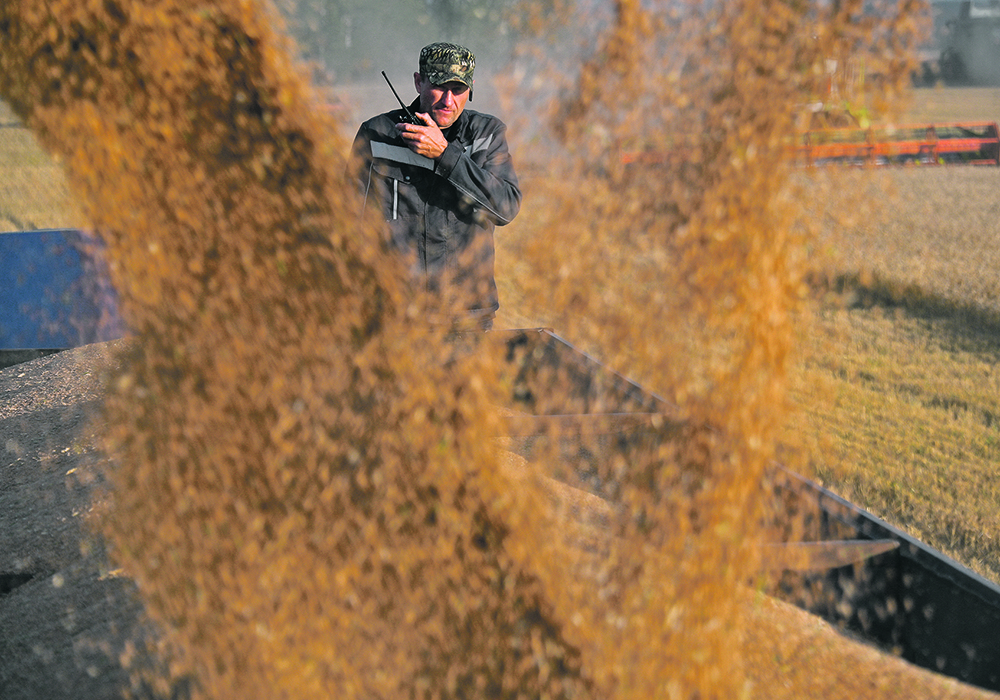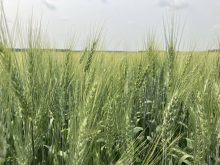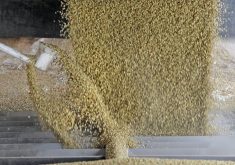The Russian agricultural sector is experiencing tough times as sanctions and the country’s ever-growing isolation in the international arena exert serious pressure.
Before Feb. 24, 2022, the agricultural sector was among the most developed segments of Russian industrial production, with annual growth rates of more than 10 percent. The start of the Russian-Ukrainian war put an end to hopes for further growth of the industry, at least at the same rates.
Although Russia achieved a near-record grain harvest in 2023 of 151 million tonnes, the situation is deteriorating in its agricultural sector. Existing state quotas and duties led to decline of domestic agricultural exports abroad, while western sanctions increased costs.
According to Roman Tsykora, a farmer from the Rostov region in southern Russia, the last two years were the hardest for his business and Russian agriculture in general.
“For 33 years of my work as a farmer, these two years were the most difficult. Prices for everything except grain have soared. These are mainly equipment, fertilizers, fuel, warehouses and transportation tariffs,” he said.
“Everything is becoming more expensive, except our products. If this continues, many local farmers will suspend wheat growing, although this is the main crop for the Rostov region.”
His view is shared by Yuri Kashirin, chair of Agropromsoyuz, one of Russia’s leading agricultural producer unions. In an interview with the Russian Chelyabinsk online business paper, Kashirin said low procurement prices for agricultural products are a major problem.
“Our ministry of agriculture is happy that we produced a great harvest, but we cannot sell it, as we even harvested 50 percent less of this in the past and even got more money.”
Other farmers said a sharp drop of profitability this year will force them to cut costs. That will complicate new equipment purchases and force reliance on older and less reliable technologies.
Russian authorities have acknowledged the problems. Viktor Goncharov, deputy governor of the Rostov region, said there is an acute shortage of funds for purchase of new agricultural equipment, along with fuels and lubricants, protective equipment and fertilizer.
He said almost half the machinery in the region is more than 10 years old.
While the government recently promised to increase support for farmers so equipment is available to lease, most subsidies and support programs for domestic farmers have been significantly cut.
Arkady Zlochevsky, chair of the Russian Grain Union, said the problem isn’t easily addressed.
“Since 2021, equipment has become more expensive, while purchasing power has substantially decreased. As a result, we purchased half as much equipment last season as the year before.”
Many Russian farmers have purchased cheaper domestic agricultural equipment but prices have risen there as well.
Representatives of Rostselmash, one of Russia’s largest manufacturers of agricultural machinery, said rising prices are mainly due to expensive logistics. It takes longer to get components from Europe and Asia. Higher taxes and less accessible loans are additional factors.
Konstantin Babkin, a co-owner of Rostselmash, said prices have soared for metal and electricity, which has affected production costs. He said prices for domestic equipment rose by 35 to 40 percent over the year.
In 2023, Rostselmash planned to produce and sell about 5,200 combine harvesters but western sanctions led to near total suspension of supplies of components and auto parts from the EU and other western countries.
Within a year and a half of harsh sanctions, the plant was unable to find suppliers for most gearboxes and Rostselmash cannot produce some equipment.
Farmers say the Russian federal program known as 1432, which involves purchases of domestic equipment at a discount, has almost dried up, and was cut from eight to two billion rubles (C$117 million to $29.3 million) in 2023.

Maria Yolkina, a representative of the Russian industry and trade ministry, said the reduction was a “prioritization of budget expenditures.”
Many foreign brands left the Russian market after February 2022 and supply items only on order and at a huge markup, through third countries. For example, a John Deere S780 combine harvester sells for $1.3 million and a Claas Lexion combine sells for $11 million.
Russian farmers also said high export duties are a pressing problem because they account for 25 to 30 percent of farmers’ revenue. Various quotas for seed and plant protection products add to the challenges.
The Russian agriculture ministry introduced a duty on wheat exports in February 2022, which it said was designed to prevent higher bread prices. Prime Minister Mikhail Mishustin said duties on the export of grain, sugar and oilseed products were introduced “to protect Russian consumers.”
At the same time, he promised that authorities would use the proceeds to develop agriculture, although much of promised support has not yet been provided.















